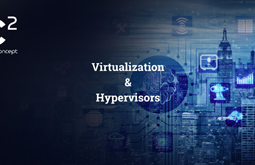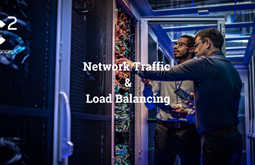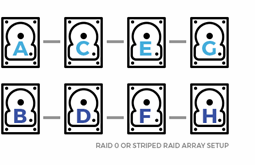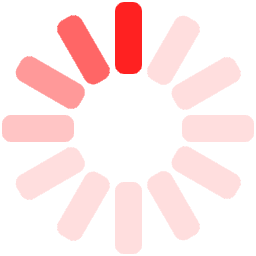

CLOUD CONCEPT
Νερατζιωτίσσης 15, Μαρούσι, Αθήνα, 15124, Αττική
+30 210 600 7072
info@c2.gr
Observability in Cloud Hosting: How to Set Up Monitoring for Cloud-Native Apps with Prometheus and Grafana
Observability in Cloud Hosting: How to Set Up Monitoring for Cloud-Native Apps with Prometheus and Grafana

Having good visibility into cloud-native applications is key to maintaining their reliability and performance. Prometheus and Grafana are two of the most powerful tools for monitoring, providing deep insights and detailed analytics that help developers and DevOps teams spot and solve issues in real time.
Prometheus: Accurate Metrics Collection and Storage
Prometheus is the go-to tool for collecting and storing metrics in cloud-native environments. It uses a pull-based model to gather data, which makes it highly effective for containerized applications and microservices. With Prometheus, you can collect data from various sources like Kubernetes pods, service endpoints, and application logs, and store it as time-series data. Prometheus also offers powerful querying capabilities through PromQL, which allows you to generate complex reports and set up alerts for important events.
Grafana: Real-Time Data Visualization and Analysis
Grafana takes the data collected by Prometheus and turns it into interactive dashboards and graphs, making it easy to visualize and monitor your application and infrastructure in real time. By connecting multiple data sources, Grafana lets you compare metrics from different systems, giving you a complete picture of your service’s performance. Integrating Grafana with Prometheus also allows you to generate reports that show how services are performing over time, helping you understand your application’s behavior and quickly identify issues.
How to Implement Observability for Cloud-Native Apps
To successfully set up observability for cloud-native applications, you need to have a strategy and configure the right tools:
1. Metric Collection Strategy: Choose the right metrics to monitor, such as latency, error rates, throughput, and resource usage. Depending on your app, you might need custom metrics to cover specific needs.
2. Setting Up Alerts and Thresholds: Use Prometheus data to set up alerts in Grafana, so you get notified when metrics cross certain thresholds. This is critical for quickly identifying and addressing issues, especially in distributed systems.
3. Centralized Logging and Correlation: Combine logs from your containers and apps with Prometheus metrics to help troubleshoot more complex problems. Tools like Loki (from Grafana Labs) can be used to collect logs and integrate them into your Grafana dashboards, giving you a unified view of your app's health.
4. Service Mesh Observability: Integrate Prometheus and Grafana with service meshes like Istio to track the behavior of microservices at the network level. Monitoring service-to-service interactions helps improve both performance and security.
Setting up observability for cloud-native applications using Prometheus and Grafana enables real-time monitoring and problem detection. By using these tools together, you can prevent errors, optimize performance, and improve service availability. With the right monitoring and alerting strategies, DevOps teams and developers can quickly identify and resolve issues, ensuring the ongoing reliability of cloud-native applications.
Στην Cloud Concept στόχο αποτελεί η αδιάλειπτη τεχνική υποστήριξη των αναγκών σας, η προσφορά managed υπηρεσιών υψηλού επιπέδου και η παροχή πρόσβασης σε χρήσιμες προτάσεις για την αποδοτική διαχείριση των δεδομένων σας.
Ακολουθήστε μας σε LinkedIn, Facebook & Instagram ή εγγραφείτε στο Newsletter μας, για να μένετε ενημερωμένοι!
σχετικά άρθρα
Πρόσφατες αναρτήσεις
-

Harness the power of Quantum Computing through Cloud Hosting
-

AI and Predictive Analytics for Cloud Cost Optimization
-

Observability in Cloud Hosting: How to Set Up Monitoring for Cloud-Native Apps with Prometheus and Grafana
-

Hybrid Cloud for High-Performance Computing (HPC)
-

Enhancing Cloud Network Performance with SDN and NFV
Κατηγορίες
- Όλες οι κατηγορίες
- Announcements
- Ansible
- Apache
- Automation
- Blogc
- Caching
- Coorporate
- Debian
- Development
- Dns
- Docker
- Firewall
- Git
- Hosting
- Installation Guides
- Java
- Let's encrypt
- Linux basics
- Load balancing
- Load testing
- Miscellaneous
- Monitoring
- MySQL
- Network Issues
- Networking
- Nginx
- Php
- SSL
- Security
- Solr
- Vpn

























































































































